
What does it mean to be a Leave No Trace Aware Photographer? As Jonathan and I are outdoor photographers, we have the most amazing privilege: our studio is nature. We get to take photos of anyone on land that is open to the public because the outdoors are for everyone.

To be a Leave No Trace Aware Photographer, it means doing our best to follow Leave No Trace Principles not only in our capacity with outdoor photography, but in our personal lives as well. It’s about action, not perfection.


Leave No Trace means keeping nature in the best condition possible so that 5, 10, 15, 20 years down the road, those same stunning places can be enjoyed! This is one of the things that touches our hearts so deeply: caring for our world.

Leaving No Trace Matters
As I’m sure you know, over the past few years, many people are getting outside more (which is amazing!). This also means that with more people, there are more footprints. People make an impact wherever they go—and that can be for good or for bad.
More people can lead to more trash + waste entering nature as people leaving it behind.
As more people explore, it can lead to more stepping off trails causing harm to certain ecosystems.
With more people outdoors, it can lead to more disrespect to the wildlife that also live in those places.
Now, I know you aren’t reading this to hear the negatives of getting outside and I’m not here to focus on that. So that’s why I’m going to be sharing how people can make an impact for GOOD!

Which brings me to the main point: this is why Leave No Trace matters.
We are officially Leave No Trace Aware Photographers which means we have taken a course to educate ourselves and we teach those principles to those we work with to leave nature better than we found it.

Leave No Trace (from now on referred to as LNT) is an organization whose aim is to find ways to protect nature all around the globe. They focus specifically on educating people to help protect land and natural spaces. If you want to learn more about how they are doing this, you can go here.

Leave No Trace Photography
LNT has done an amazing job of using 7 guidelines to shape how people can treat the outdoors. And the best part is that these principles can be applied to anyone enjoying the outdoors whether they are backcountry hiking like Jonathan and I, eloping in the great outdoors, going kayaking for an afternoon on the lake, or evening camping in their backyard.


We are going to share how we use these principles in our adventures and in our photography, but if you want to read more from LNT, you can check out the 7 principles they have here.
The 7 Principles of Leave No Trace:
- Plan ahead and prepare.
- Hike + camp on durable surfaces.
- Leave what you find.
- Get rid of waste properly.
- Minimize fire impact.
- Respect wildlife.
- Be considerate of others.

Plan ahead and prepare!
This means that waking up and having leave no trace + sustainability on my mind isn’t surprising. I’m quite the planner so this is normal.
To make sure we are minimizing our impact on nature means a lot of planning ahead. This means that whether planning comes naturally to us or not, this is important and can make a difference in outdoor places being kept nice for all of us in the future. This is a big priority for a Leave No Trace aware photographer.

These are the kinds of things we plan for both as hikers and backpackers, but also as photographers in different outdoor spaces:
- Know where we’ll be spending our time (plan our trails + campsites ahead) as well as the rules of that park or area.
- Get our hiking permits (if needed).
- Make sure we have the permits we need for exploring these outdoor areas.
- Prepare for any type of weather or emergency (thinking about clothing, first aid, food, water, etc.).
- Knowing the best times for photos to avoid large groups of people.
- Plan sessions in the area that will receive the best lighting based on time of day and season.
- Apply for and receive the designated photo permits for these areas.

Why is this step of planning so important? Because planning and prepping set the foundation and make a big difference in leaving the outdoors better than when we found it.

Hike + Camp on Durable Surfaces
Stick to the trails that are made to be walked on as well as the campsites that are made to be camped at. If it is necessary to go off trail to walk or camp, be sure to pick spots that are durable (rock, sand, dry grass, etc.). Watch out for fragile vegetation. And if you’re in a group and must go off trail, spread out so that you don’t create new trails.

There are also times when you must go off trail. For instance, when Jonathan and I were backpacking last summer through North Cascades National Park, we hit an area where trees were down over the entire trail. And I’m not talking little trees. I’m talking HUGE trees.

I was too small to climb over them without hurting myself. This meant we had to walk around. We did our best to be careful and thankfully that part of the trail was cleaned up by rangers later so that lots of people wouldn’t create new trails in walking around the trees.

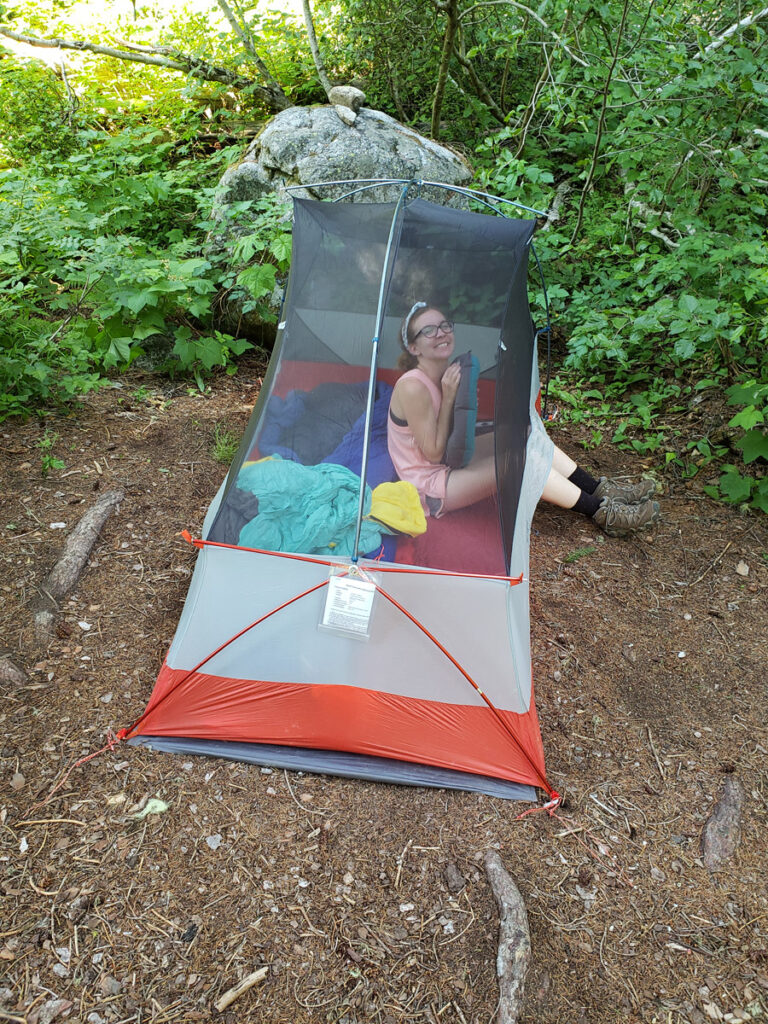
In light of being fully transparent, I have not done this perfectly. But moving forward, I’m going to do better. That’s the thing about leave no trace, sustainable living, and eco-conscious choices: you will look back at your past actions wishing you would’ve known more so you could have done better.
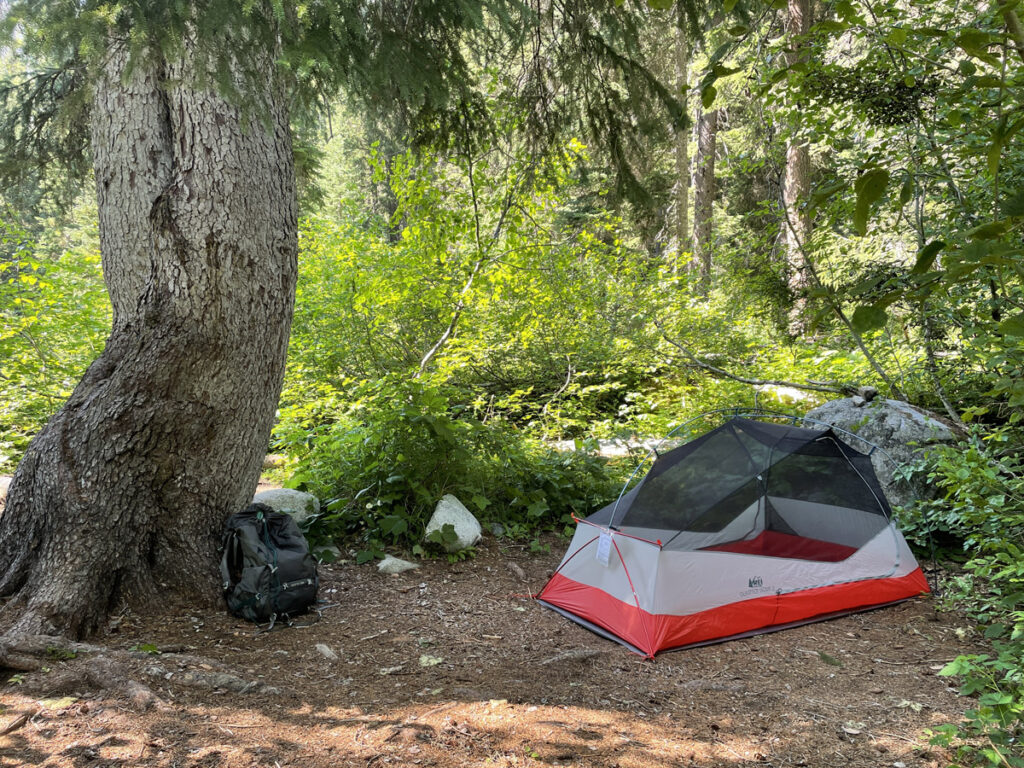
But don’t fixate on that. Look ahead and apply what you learn. Put it into action and be a part of positive change to preserve the things we all love.



Leave What You Find
It’s tempting to want to pick a flower, swipe a bright yellow leaf, or snag a rock from a beautiful place in nature that we want to remember. I used to do this often (and recently) if I’m being honest.
I know I’ve thought this before: “It’s just 1 flower I’m taking home to dry and keep. What’s the harm?” If every person who walked through that park said that and took 1 or more, there wouldn’t be beautiful wildflowers to enjoy in their natural habitat. Not to mention the effect on the ecosystem those flowers are a part of.
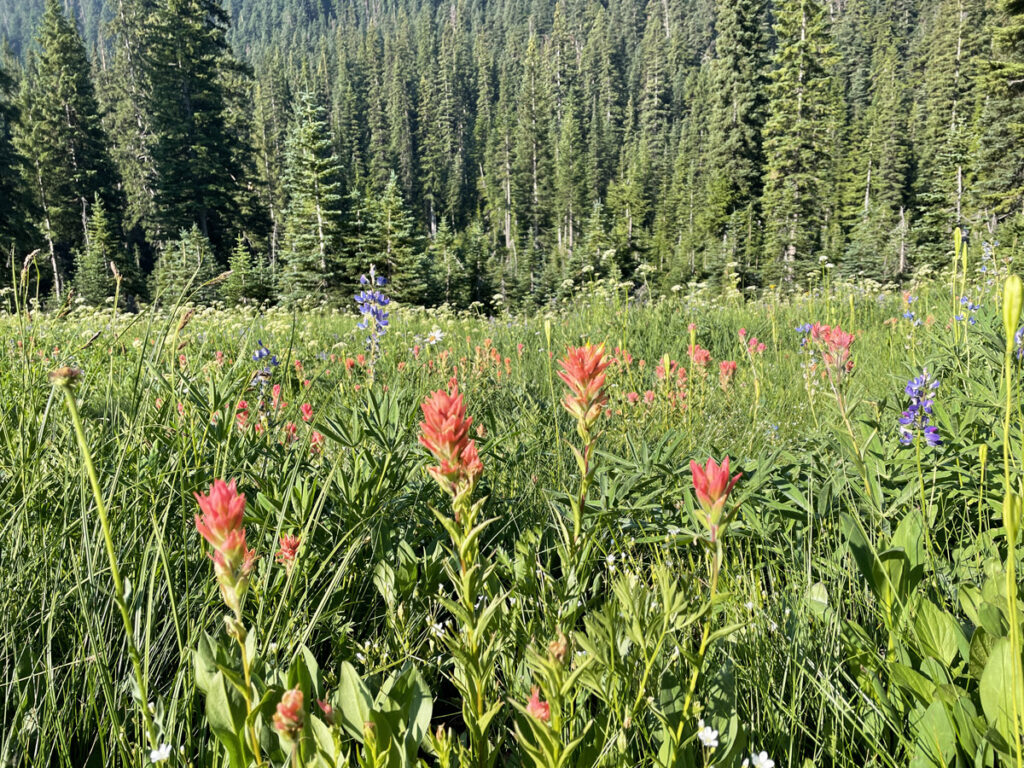
Let’s leave the rocks, wildflowers, plants, etc. to stay in their homes where they belong. If there’s a moment you want to remember, have your Leave No Trace aware photographer take a photo to document it.
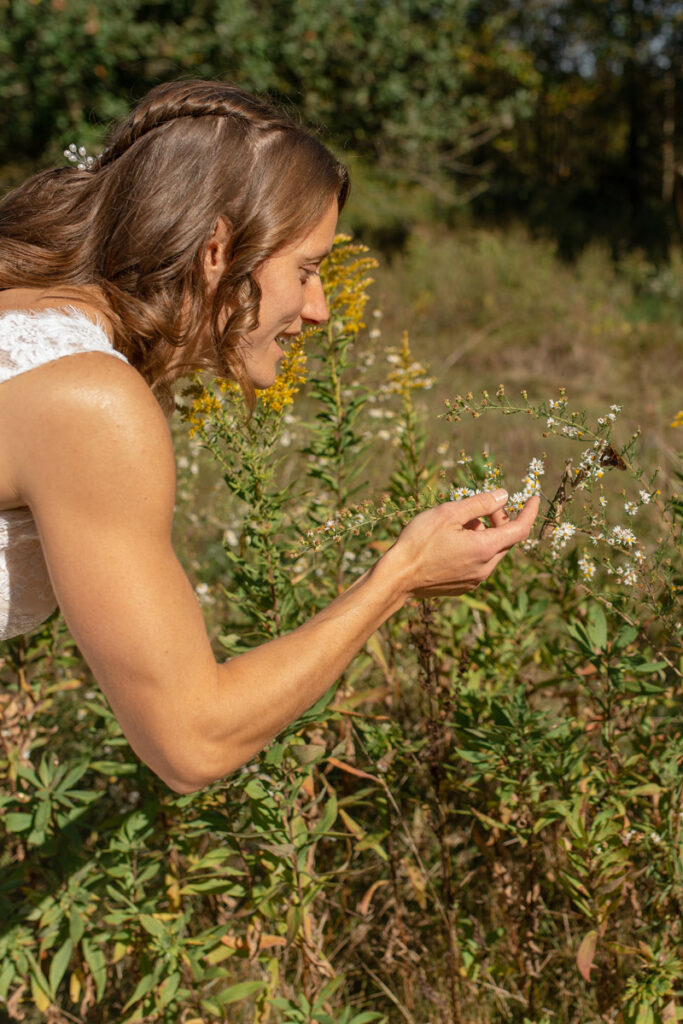
Get Rid of Waste Properly
We need to be sure to pack out all our waste—from food wrappers to food scraps to tissues to hand wipes and ANYTHING in between. In some areas, this also includes poop. (Never thought I would be talking about poop in a blog post, haha.)

Be sure to see rules of the park or area you are in to know what to do about this. In the parks that we’ve hiked through so far, digging a cat hole is acceptable and you pack out your toilet paper. We’ve also been fortunate to have pit toilets to use when camping that are compost toilets so you can leave your T.P. to break down naturally in the toilet.

Research this though because depending on the terrain, park rules, and potty availability, this all can vary. In those cases, you might have to pack it out which means using something like a Wag Bag.

In addition to packing out any waste, this also includes any foreign objects that don’t belong in that environment. As a Leave No Trace aware photographer, we recommend not bringing confetti, seeds/petals that are not native to the area, etc. In a lot of cases, you can’t bring these items into the parks at all which is what we encourage our clients to skip them (less is more, friends!).

If you want to do something like a sparkling water pop instead, that’s an excellent option (we talk about it in our blog here). Just be sure to pack out the cork if there was one and take the bottle with you too!

Minimize Fire Impact
In many parks, campfires are not allowed. I know that I was surprised by this at first and then realized that campfires can easily become wildfires depending on the time of year and if people know what they are doing when it comes to building and putting out a fire.

Because of that, only build fires in areas that are made for this. Pay attention to fire bans as well and abide by those rules. Remember Smokey the Bear: “Only you can prevent forest fires.”
Of course, when it comes to photos, we advise against using fire unless we are in an area where it is allowed, and we monitor it closely and put it out correctly.
This means avoiding campfires, sparklers, candles, smoke bombs, lanterns, etc. But don’t let that get you down. Being a Leave No Trace aware photographer means we have found tons of amazing options that are gorgeous alternatives in photos that can be brought along and packed out including LED lanterns, twinkle lights, battery operated candles, etc.

Respect Wildlife
We love watching wildlife in their natural habitats, but give all wildlife their space for your safety and for theirs. You don’t want to startle them, and make them feel that they need to defend themselves.
Remember, you are stepping into their homes and their turf. Be a good visitor.
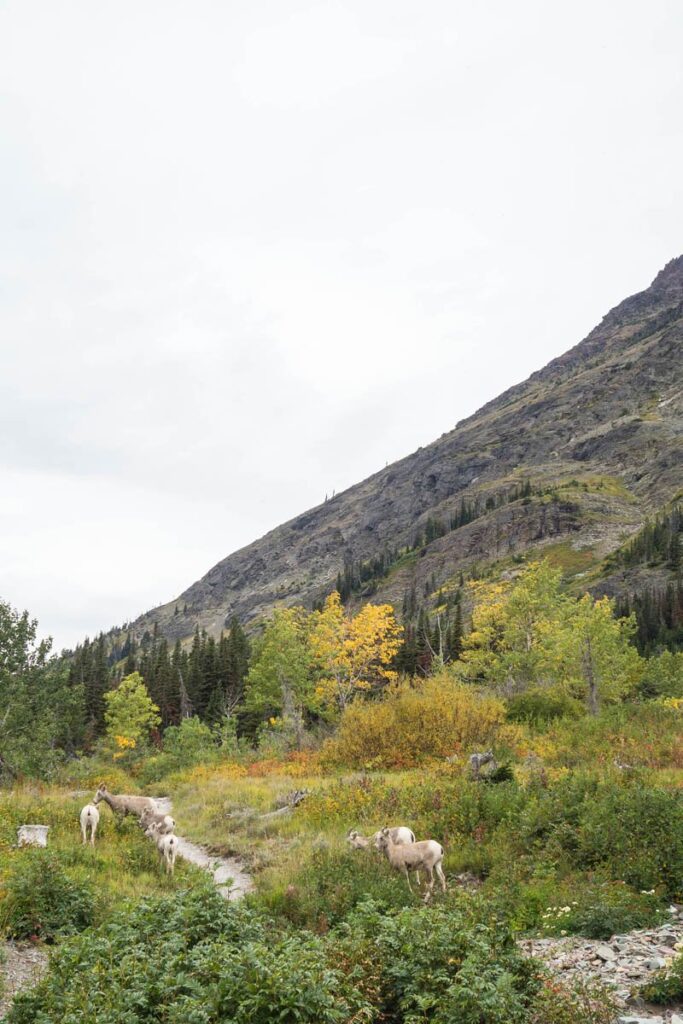
Do not feed wildlife. Seal up your food to make sure no animals (big or small) smell a snack and go for it. Feeding animals can cause them to become dependent on humans and even aggressive. Take your food with you and pack it all out.
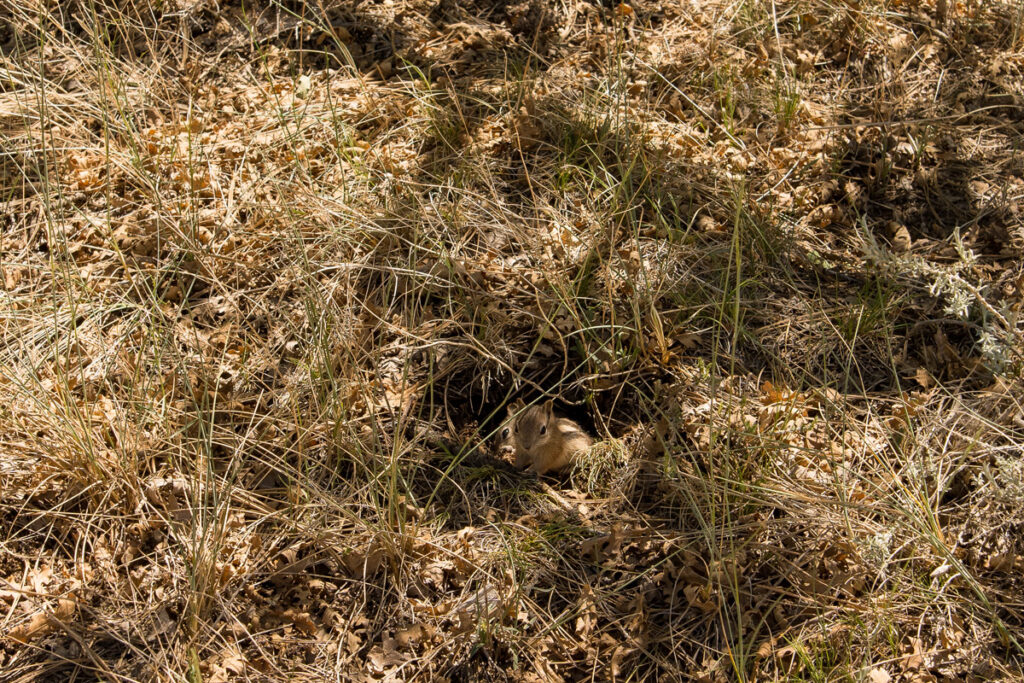
When you’re in bear country, make sure you have bear spray. Research that area or park and see what the rules are.

Each time we have seen wildlife on our hiking trips, we have loved it! But we also kept our distance. Whether it was a moose or big horned sheep in Glacier NP, deer in Shenandoah NP, or chipmunks everywhere, we took in the moment and we did so carefully.

We followed the instructions of rangers in those specific parks to give animals their space and let them know very calmly that we were there so as not to startle them. Thankfully, our brief, distant interactions were peaceful and ones to remember.

Being a Leave No Trace aware photographer and videographer, we love capturing photos or video of these moments, but we will not risk everything for the shot. To get the footage and photos we’ve gotten on our trips, we just happened to be sharing the space with the wildlife so we calmly captured it without getting close (zoom is an amazing thing)!

We pay attention to our surroundings and capture what we can while being safe and respecting local wildlife and their home.

Be Considerate of Others
Here is a friendly reminder to all of us that these are shared outdoor spaces and we need to be considerate of others who are enjoying the outdoors. It’s the Golden Rule: treat others as you want to be treated.

As photographers, sharing these spaces during sessions can be tricky. We have to pay close attention to this. We have to be patient if the spot we are taking photos at has a lot of people. Often we have to get creative to figure out how to take photos that can capture the beauty of the area and photographing around people.

We must pick spots strategically—thinking through the time of day, less trafficked areas, etc. We also remember that we can politely ask other visitors if we can capture some photos quickly of a couple or family and scoot out of the way.
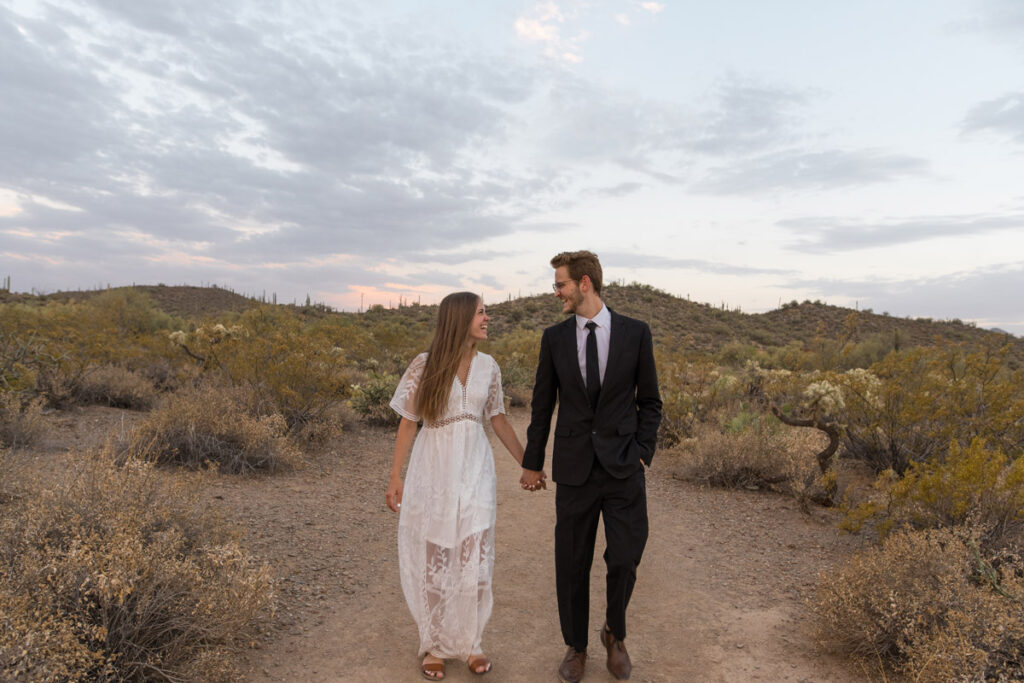
These 7 principles are super helpful when it comes to leaving no trace and they are a great place to start when we are talking with people about their adventure weddings/elopements or outdoor sessions.

But we also have something else that we love to share with our clients because it really goes into depth about Leave No Trace, why it matters for photo sessions, and the details to help our clients in prepping for their session or celebration!

Leave No Trace Aware Photographers’ Guide
Click here to take a peek at our LNT guide.
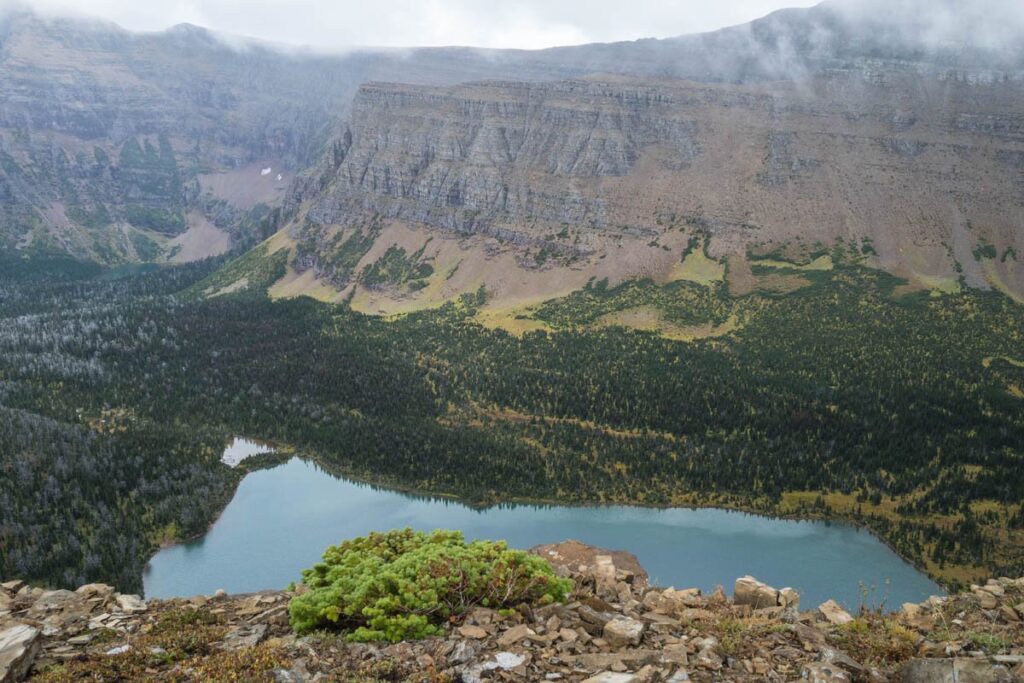
For more about being a Leave No Trace aware photographer, please reach out to us! We don’t know everything and we’re always learning, but we would love to learn with you and share information that we have about things regarding sustainably living, leave no trace principles, and outdoor sessions/elopements.

If an outdoor session or elopement sounds like the most amazing experience for you and your partner, then reach out to us here.
If you liked this post, then we think you would enjoy looking through these as well:
Sustainable Photo Session Practices
How to Plan a Backpacking Trip


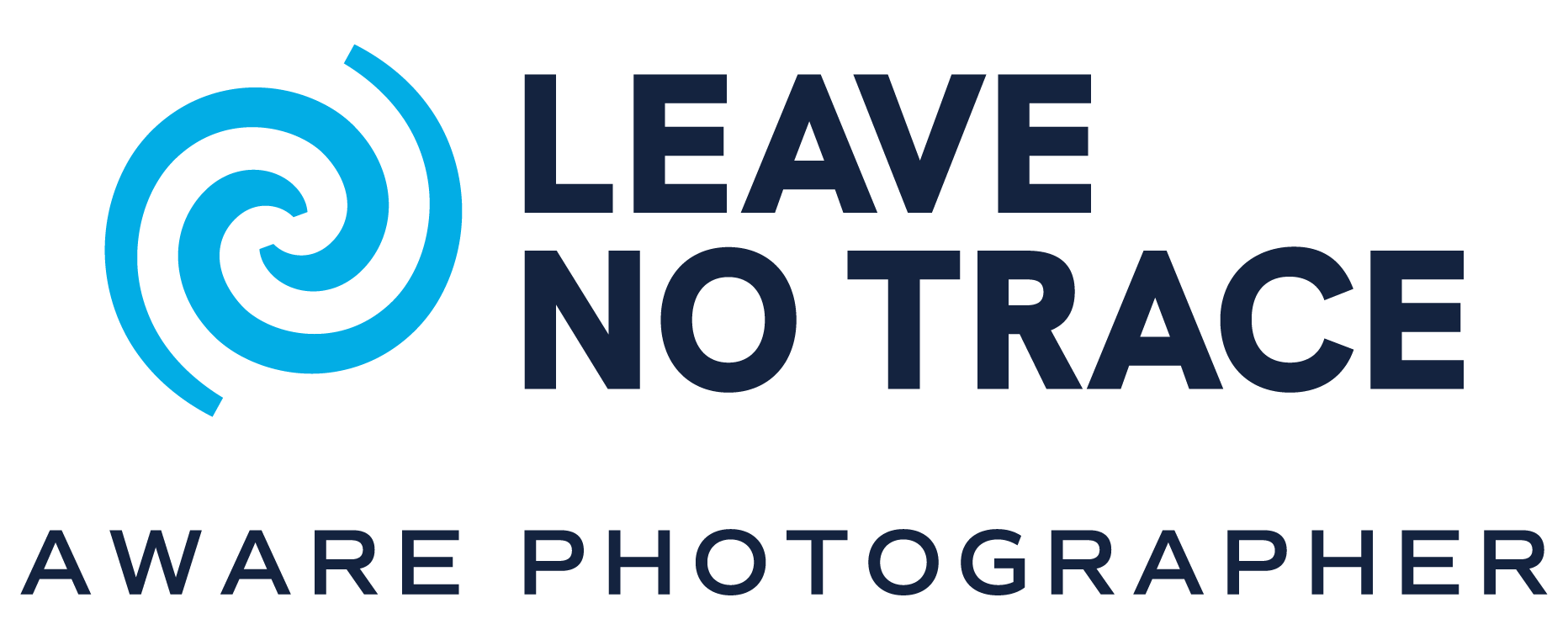
Reading your words was like finding a hidden gem in a vast landscape — rare, precious, and full of meaning.
Thank you for your kind words!